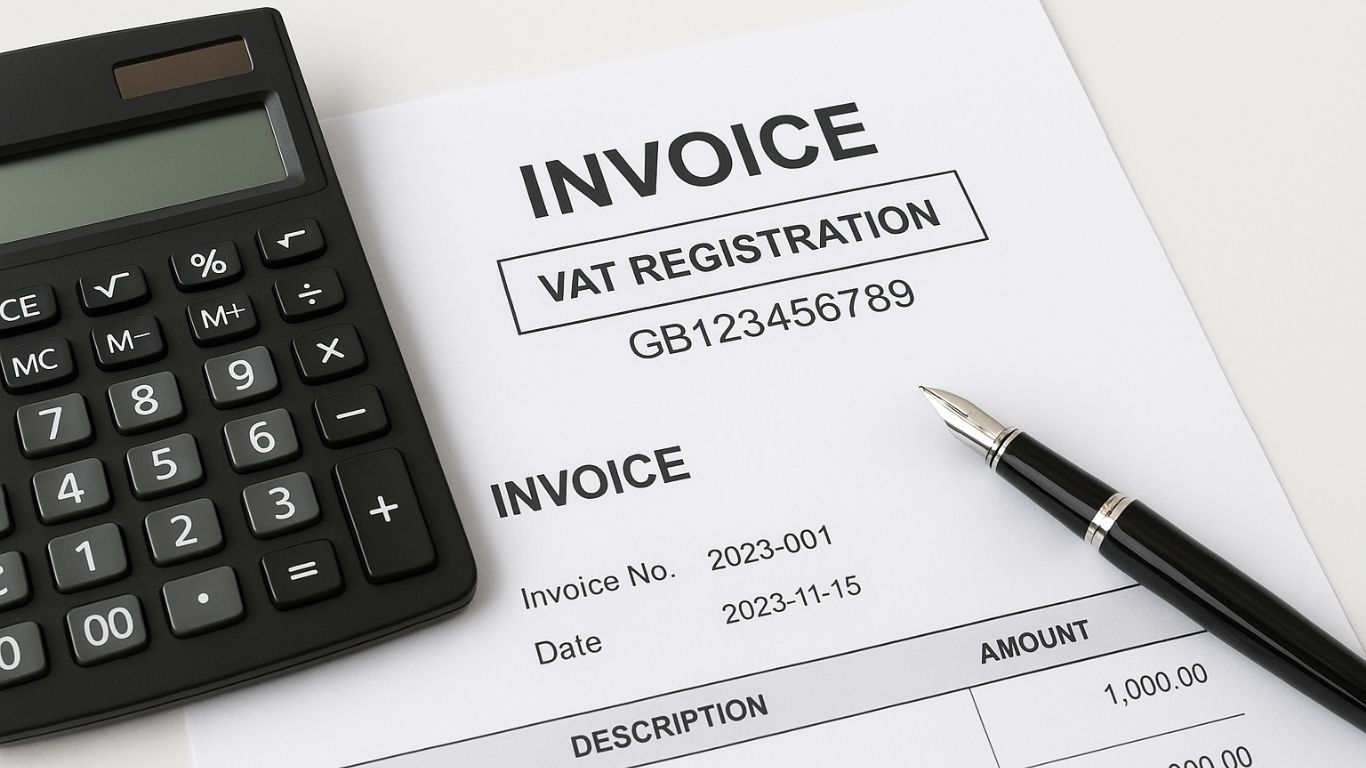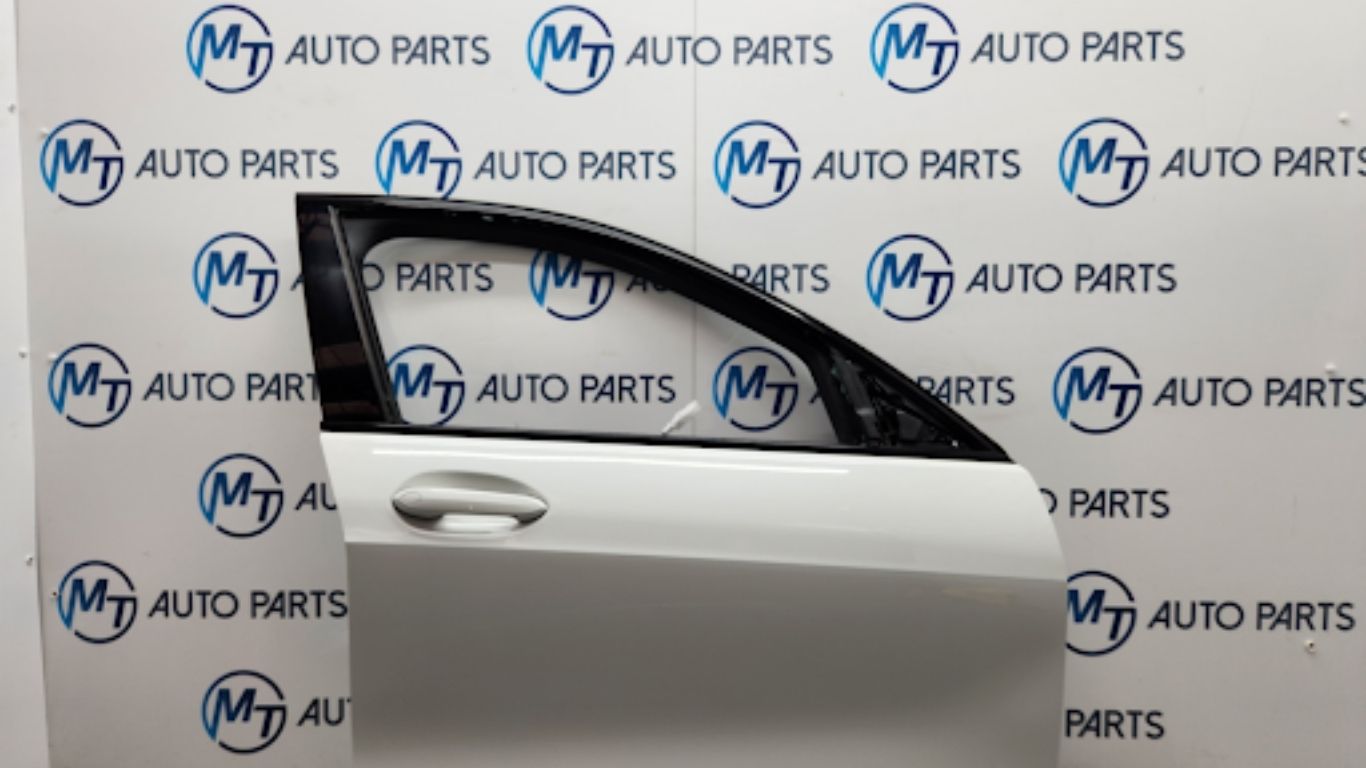Whenever conducting any business with any company, supplier, customer, or partner, it is necessary to ensure that the company is duly registered to pay Value Added Tax (VAT). The VAT registration number is a sure way to prove that business is real and is also important to invoice correctly, report taxes, and follow the laws of a certain place.
This guide will define a VAT registration number, its purpose, and the best methods of locating it in any firm, both in the UK and elsewhere.
What Is a VAT Registration Number?
VAT registration number (VRN) is a special number issued to a company that has applied to the tax-paying office to be registered under VAT. This figure is utilized in the monitoring of the transactions of VAT and in ensuring that VAT is charged and paid accordingly.
All businesses that are registered under VAT should provide this number on all their invoices, receipts, and some official messages.
Example formats:
- United Kingdom: GB123456789
- Germany: DE123456789
- France: FR12345678901
- Italy: IT12345678901
Each country within the European Union (EU) and many outside of it use their own VAT number format, typically starting with a two-letter country code.
Why You Might Need to Find a VAT Number
You may require the VAT registration number of a company for a number of reasons:
Staffing validity: It may be used to verify that a business is legal and registered with the tax authorities.
Making compliant invoices: When trading across borders, you must mention the VAT number of your partner in your invoices in case your business is registered.
Tax reclaim and reporting: In order to reclaim VAT or demonstrate compliance during audits, it is necessary to have the correct VAT number on record.
International trade: In the case of cross-border transactions, in particular within the EU, the validity of the cross-border mechanism of reverse charge is checked with the help of VAT numbers.
1. Check the Company’s Invoices or Official Documents
The easiest method of obtaining a VAT registration number of a company is by viewing their invoices or receipts.
Most jurisdictions legally require VAT-registered businesses to post their VAT number on:
- Tax invoices
- Credit notes
- Official quotations
- Letters and Contracts: Business.
This is assuming that you have been issued with any of these documents, refer to the header or the footer and see a number that is labeled as VAT No. or VAT Registration Number.
Tip: Sometimes, businesses display their company registration number instead of their VAT number—make sure not to confuse the two.
2. Visit the Company’s Website
A lot of the businesses provide their number of VAT registration on their website, it is usually located in the footer, or the section of the website called About Us or Legal Information.
In the case of UK and EU companies, this disclosure can be a mandatory transparency requirement, and consumer protection, particularly in the e-commerce regulation.
To find it:
- Go to the bottom of the home page.
- Read the Terms and Conditions or privacy policy.
- Search words such as VAT No. or Company Registration Information.
In case the company does not post its VAT number on the net, you can call them up and request that they provide the same. The provision of this information by legitimate companies should not be a problem.
3. Use the VIES VAT Number Validation Tool (EU Businesses)
The VIES (VAT Information Exchange System), offered by the European Commission, is the best official resource to find VAT number of a company based in the European Union.
How to use VIES:
- Go to the VIES website.
- Choose the country of origin of the company.
- Put in VAT number (when you have one) or have it verified.
The VIES will prove the legitimacy of the VAT number and display the name and address of the company, which proves the connection between the company and the VAT identity.
⁻ Important to note, VIES does not permit searching the VAT without an existing one, and only verifies it.
4. Check the UK’s Companies House and HMRC Services
Two major official sources are available to the UK-based businesses:
a. Companies House
Although Companies House can be used to display company information that is registered, it does not explicitly show the VAT numbers. However, you can use it to:
- Confirm the name and registration number of the company.
- Check against business identity and then ask them to provide the VAT number.
b. HMRC VAT Checking Tool
HM Revenue and Customs (HMRC) provides an application to check the issued numbers of VAT in the UK.
You may type the VAT number to verify:
- Whether it’s valid
- Name of business and address of the business.
It comes in handy especially when you have been presented with an invoice and wish to know whether the VAT number on the invoice is authentic.
5. Check Business Directories and Databases
Online directories that contain information about the companies’ VAT, company registration are a number of reputable ones. Although they are not official sources, they may come in handy during information cross-referencing.
The following are some of the useful platforms:
- Dun & Bradstreet (D&B)
- Kompass
- EUROPAGES
- OpenCorporates
Searching can be done by company name or registration number and in some instances, VAT information will also be provided.
Nevertheless, never rely on any VAT number that you have by confirming it to be in an official government database (such as VIES or HMRC).
6. Contact the Company Directly
When you are unable to locate the VAT number of a company in the open avenues, the easiest thing to do is to request them to provide it.
In calling the company, treat it courteously and tell the reason why you require the VAT number, such as to issue a bill or to check on compliance.
The vast majority of legitimate businesses will provide their VAT registration number without hesitation; this is part of the natural business transparency.
7. Understanding What to Do if a Company Doesn’t Have a VAT Number
VAT does not require companies to be registered. In most of nations, registration is not compulsory up to the time the business has reached a specific threshold on the annual turnover in taxable income.
For example:
- UK: £90,000 (as of 2025)
- Germany: €22,000
- France: €34,400
When a business does not operate above this limit, they might not be registered under VAT, hence will not have a VAT number.
But in the case they are imposing VAT with no registration, then it is unlawful and ought to be reported to the concerned tax authority.
Common Mistakes to Avoid
The following considerations should be made when looking or checking VAT numbers:
- Do not mistake VAT and company registration numbers. They are used to serve various purposes.
- Never accept an official verification tool before using a VAT number to do tax documentation.
- Keep a wary eye on the numbers on the fake invoices with regard to the VAT- it is likely that scammers will enter their numbers in realistic numbers.
Final Thoughts
One of the crucial aspects of responsible doing of business is finding the VAT registration number of a company. You can be checking the validity of a supplier or issuing an invoice, or even checking that the cross-border trade is in compliance with the law, but with the right VAT information, you can be certain that the transactions are also legal, transparent, and well-documented.
With the help of such official sources as the VIES VAT validation tool in case of EU businesses or the HMRC checker in case of UK businesses, you can check the VAT registration of a company in a few minutes and save your business from millions of mistakes or scams.
In summary:
- Invoices and websites first.
- Check the official government databases.
- Ask the company in case of uncertainties.
A couple of minutes of checking will save you a much later headache- and make your business perfectly compliant with VAT regulations.





